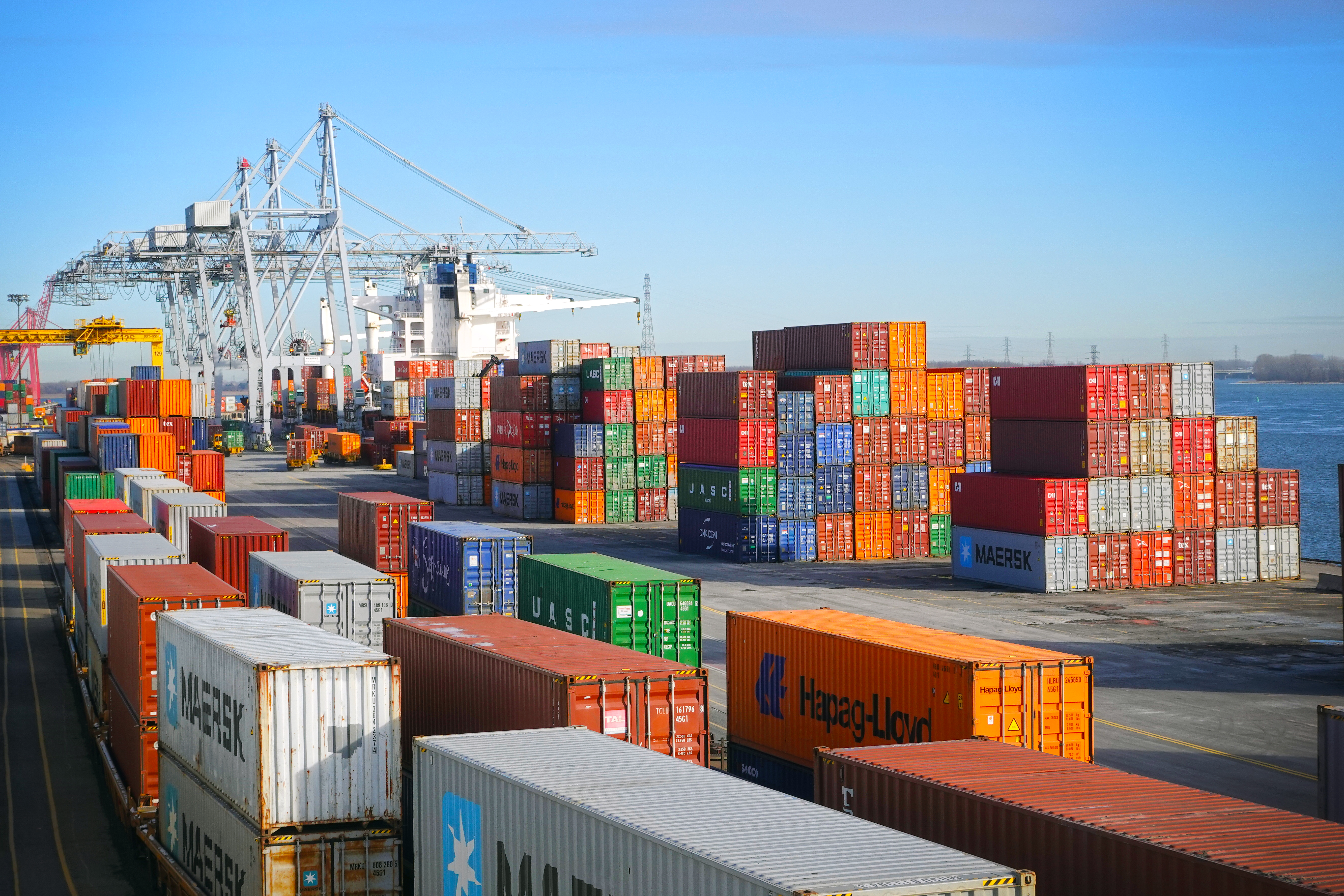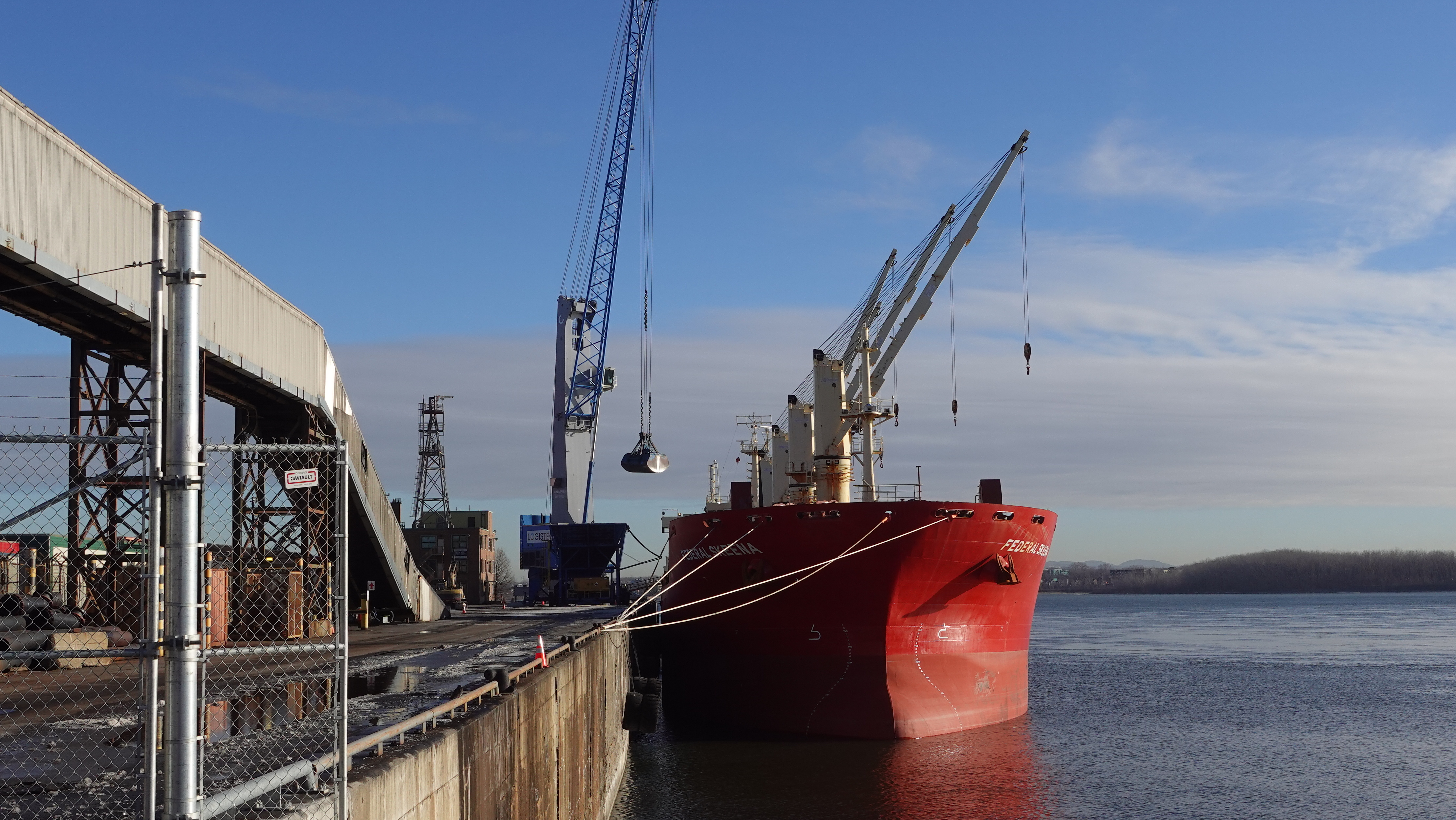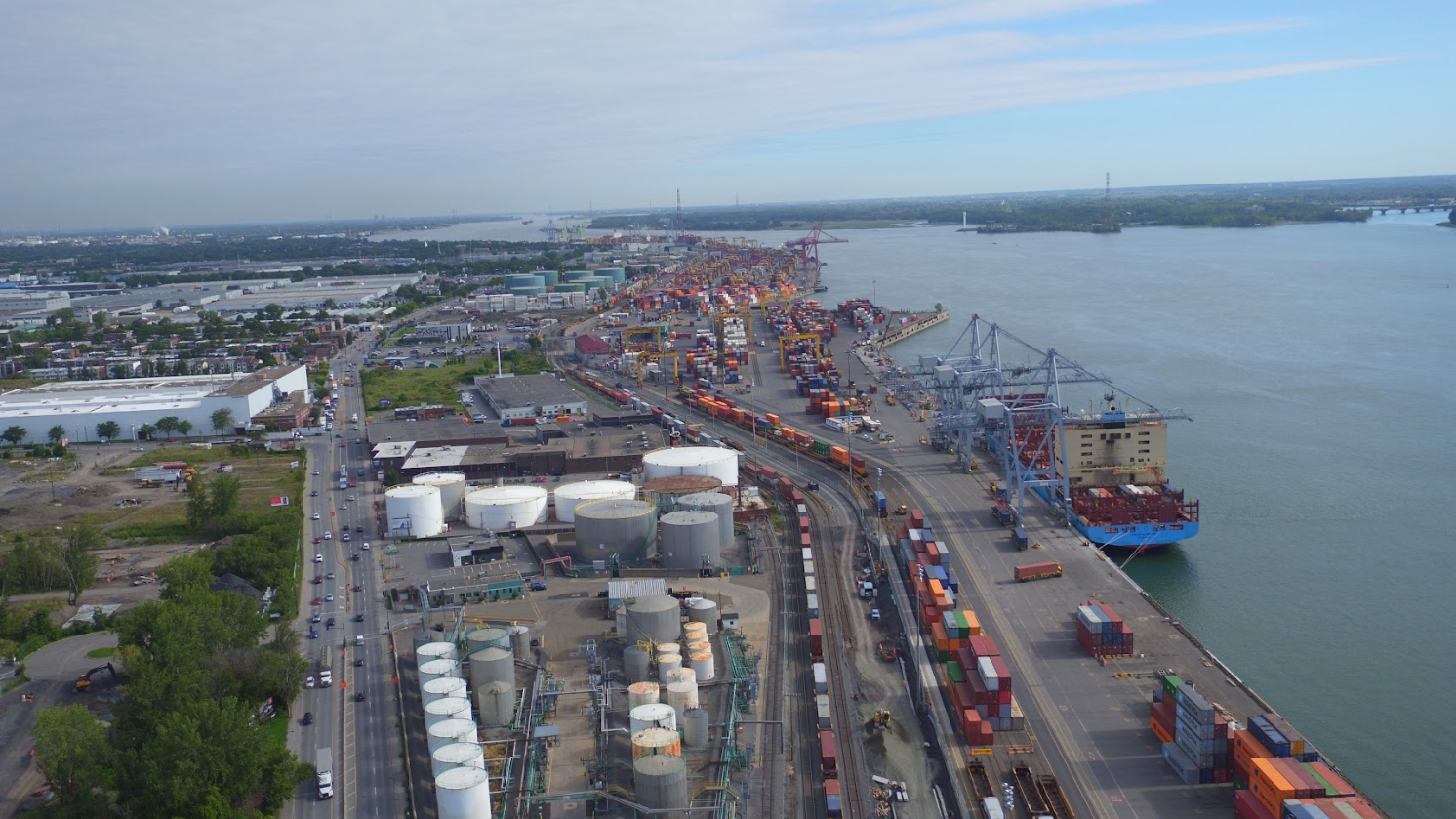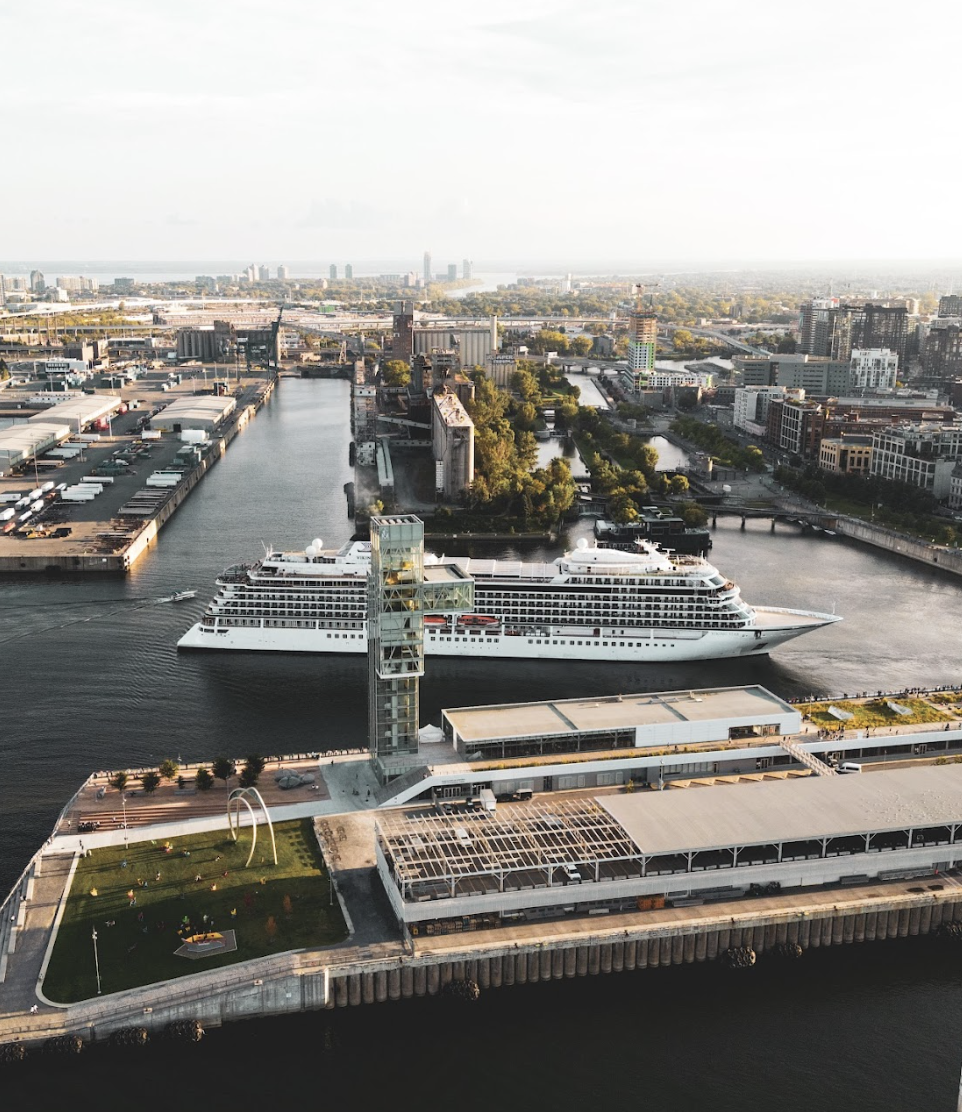Benefits and traffic

With a total volume of 35.3 million tonnes of goods handled in 2023, the Port of Montreal reported a slight decline of 1.8% compared to last year. This decrease was mainly due to the container sector, which accounted for 37% of total volume with 13.1 million tonnes, and which was strongly impacted by the global economic slowdown.
However, diversification of Port activities played an important role in mitigating the effects of this downturn. The liquid bulk sector, accounting for almost 39% of total volume with 13.9 million tonnes, and the dry bulk sector, accounting for 24% of total volume with 8.4 million tonnes, posted stronger performances and offset the decline observed in the container sector.
These results show the Port of Montreal’s resilience and adaptability in the face of economic challenges and market fluctuations. As a diversified port, the Port of Montreal remains Eastern Canada’s leading container port, and continues to play a vital role in shipping and in the regional and national economies.
 Containers
Containers
At 13.1 million tonnes, the container sector fell 8.9% compared with 2022 results. This decline was largely due to the global economic slowdown and post-pandemic dynamics, which impacted demand and trade flows.
Several factors accounted for this decline:
- Inflation and the rising cost of living led to lower demand for consumer goods.
- Warehouses remained full, as many companies kept their order books full in anticipation of shortages during the pandemic.
- Rising mortgage rates led to fewer housing starts in the residential construction sector, impacting imports of building materials via the Port. As a result, goods for this sector, such as ceramics, glass, stone, plaster, cement, steel, etc., dropped sharply by 26%.
On a positive note, however, exports by Canadian companies to international markets showed a more moderate decline (2.9%) compared to 2022.
 Dry bulk
Dry bulk
In 2023, the dry bulk sector handled 8.4 million tonnes of goods, down slightly by 3% compared to last year. The main bulk commodities handled included iron, salt, sugar and gypsum.
In the grain sector, the outcome of the 2023 harvest was mixed, largely due to the extreme weather conditions observed throughout the year. Dry spells in Western Canada and heavy rains in Quebec impacted production, resulting in a modest 2% increase over the previous year.
The non-containerized sector totalled 257,000 tonnes in 2023, down a significant 37% on 2022, which was a record year.
 Liquid bulk
Liquid bulk
In 2023, the liquid bulk sector achieved the strongest growth of the year, reaching 13.9 million tonnes, up 6.8%.
This increase was mainly due to a sizeable 23% rise in volumes of turbine-gasoline used for aircraft, spurred by the resumption of international travel after the pandemic. Crude oils and unrefined petroleum also contributed to the goods handled in this sector.
Reflecting the trend towards more sustainable alternative fuels, ethanol soared 106% over 2022, with almost 200,000 tonnes handled. This highlights a shift towards more environmentally-friendly energy solutions.
 Cruises
Cruises
The 2023 cruise season proved very successful, with a 33% upswing in the number of visitors.
In all, 51,096 passengers and 16,203 crew members transited the Port’s cruise facilities during 49 operations, including 36 boardings and disembarkations and 13 calls. The average ship occupancy rate was about 90%, up from 75% in 2022.
This season brought five new cruise ships to Montreal for the first time: Hapag-Lloyd Cruises’ Hanseatic Inspiration, Oceania Cruises’ Vista, Peace Boat’s Pacific World, and Viking Ocean Cruises’ Viking Neptune and Viking Mars.
The Port of Montreal’s cruise sector confirmed its progress towards a more sustainable model.
The shore power system available to cruise ships calling at Montreal was used by 10 ships, resulting in a reduction of 400 tonnes of GHGs, or the equivalent of taking 105 cars off the road for an entire year.
What’s more, Grand Quay terminals feature a direct dockside connection for wastewater treatment, which 14 vessels used last season.